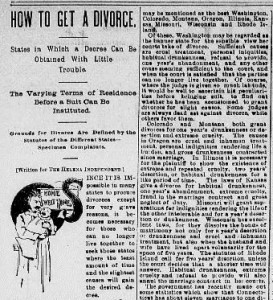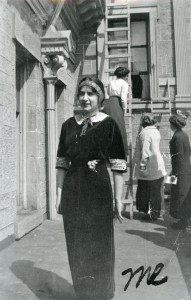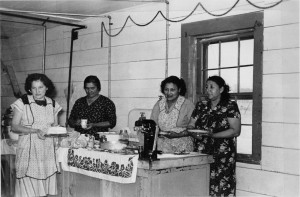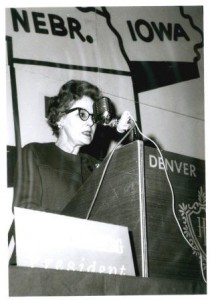
In the late nineteenth and early twentieth centuries, a series of economic and social changes culminated in a nationwide increase both in divorce rates and in the liberalization of divorce laws. This pattern played out in Montana on an even larger scale. Based on her extensive study of Montana divorces in the late nineteenth century, historian Paula Petrik found that frontier conditions in mining cities like Helena and Butte created a climate in which divorces were common. Petrik also argued that, over the course of the late nineteenth century, women seeking to divorce ushered in changes to Montana law that made divorces easier to obtain and on terms more favorable to women. In doing so, they confirmed the ideal of “companionate marriage”—or marriage based on mutual affection and reciprocal duties. This ideal would come to define the institution in the early twentieth century.
For Montanans facing the frontier conditions of social upheaval, an unbalanced ratio of men to women, and rising and falling fortunes, divorces were common. Indeed, in 1868, Helenan Elizabeth Chester Fisk remarked, “Divorces are common here, and it is a common comment that a man in the mountains cannot keep his wife.” Fisk’s observation was based in fact, as Lewis and Clark County had an unusually high divorce rate in that era. In 1867, the number of divorces actually exceeded the number of marriages.


